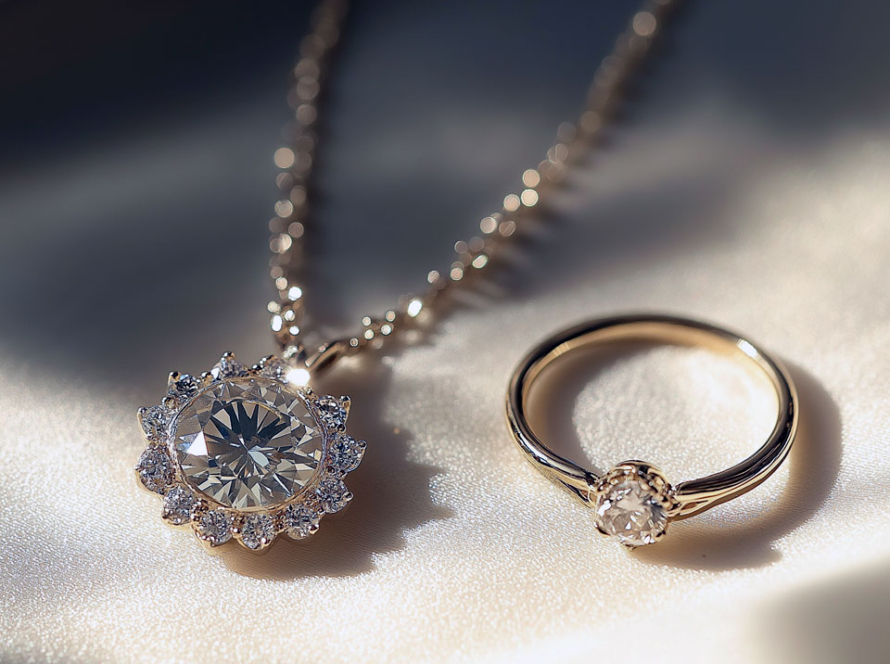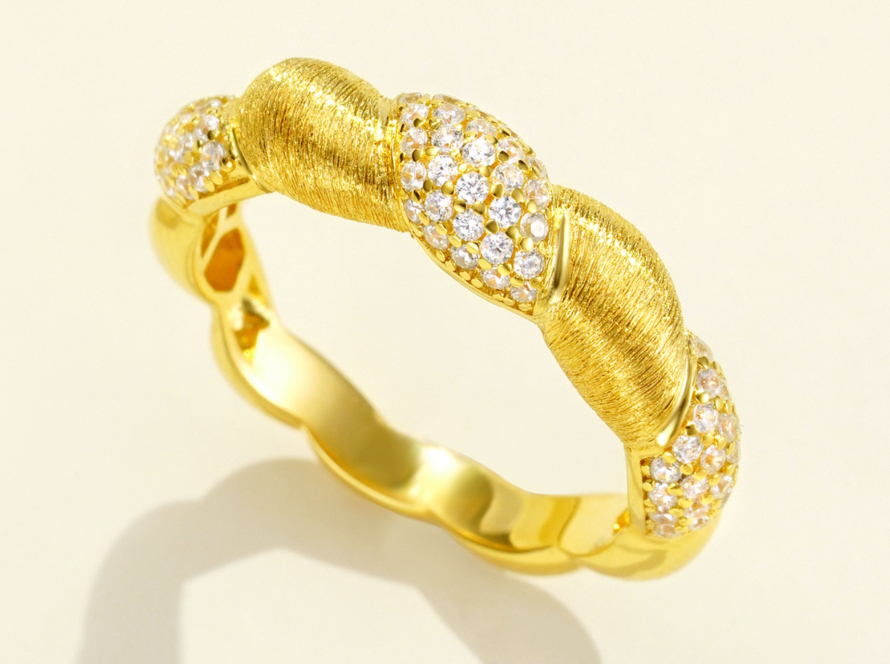Silver enthusiasts often wonder: if 999 silver has higher purity, why is 925 silver the international standard for jewelry? This seemingly simple numerical difference actually embodies centuries of craftsmanship wisdom and practical considerations.
The Natural Limitations of Pure Silver
999 fine silver (99.9% pure) has an inherent weakness—it’s excessively soft. This characteristic makes pure silver jewelry prone to deformation, unable to maintain intricate designs. Historically, many pure silver tableware pieces and jewelry items failed to preserve their original forms due to this material property.
The Perfect Balance of 925 Sterling Silver
The 925 formula (92.5% silver, with 7.5% copper or other metals) wasn’t arbitrarily chosen. After centuries of experimentation, jewelers discovered this ratio perfectly maintains silver’s luminous beauty while significantly enhancing durability. The 7.5% alloy addition is ideal—it minimally affects silver’s appearance while providing necessary structural integrity.
From Historical Practice to Modern Standard
This formulation traces back to 14th century Europe, when Germany first adopted it for coinage. During the 19th century’s global trade expansion, 925 silver gained universal acceptance for its superior practicality, eventually becoming the international benchmark. Britain formally established 925 silver’s status through the 1904 Goldsmiths’ Act.
The Rational Choice for Modern Jewelry
Contemporary consumers choose 925 silver not merely because it’s standard, but because it genuinely outperforms pure silver for daily wear. It preserves silver’s radiant elegance while solving pure silver’s softness issue, allowing exquisite designs to endure. This reminds us that in jewelry craftsmanship, sometimes intentional “imperfection” creates more perfect creations.

